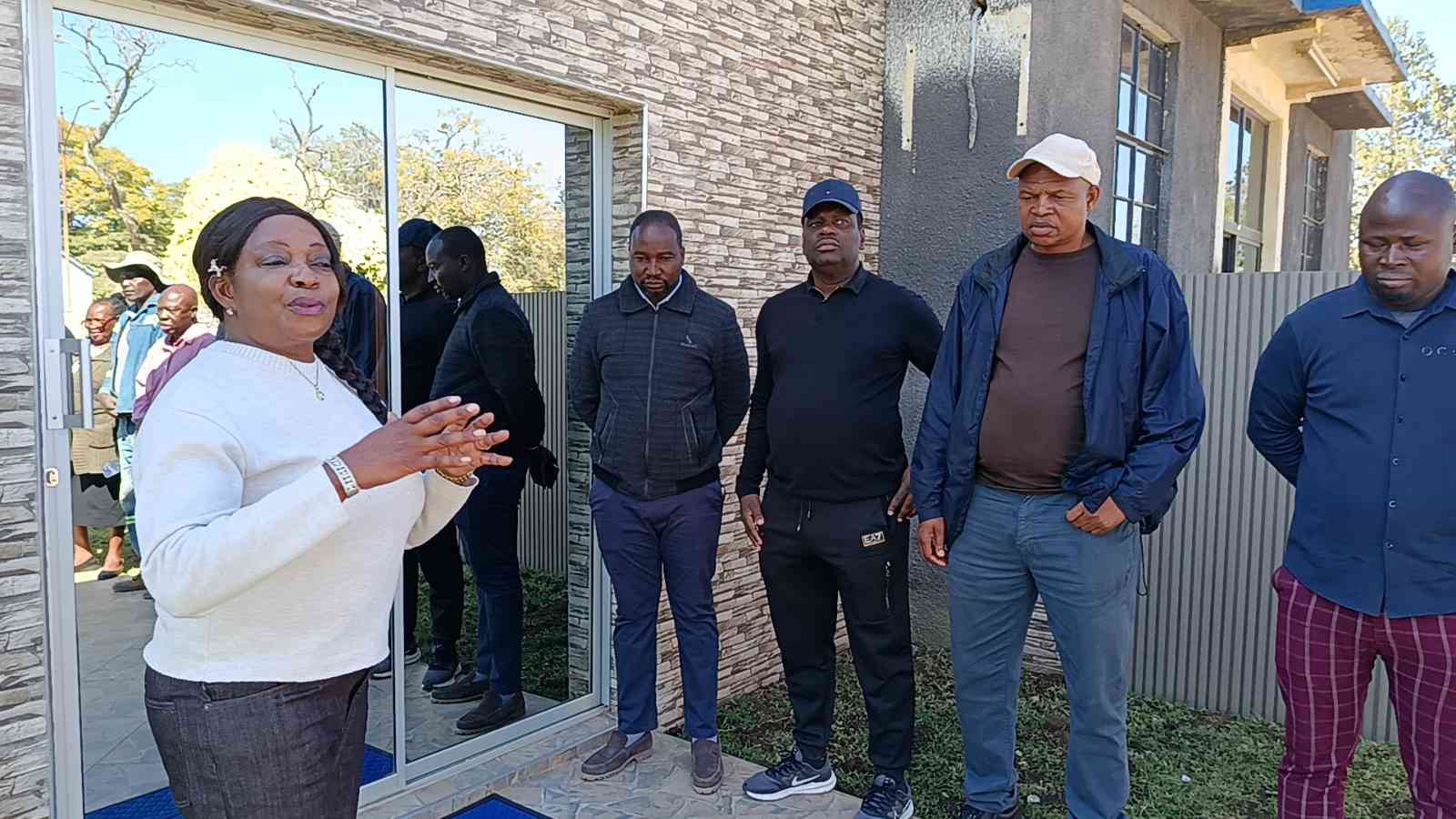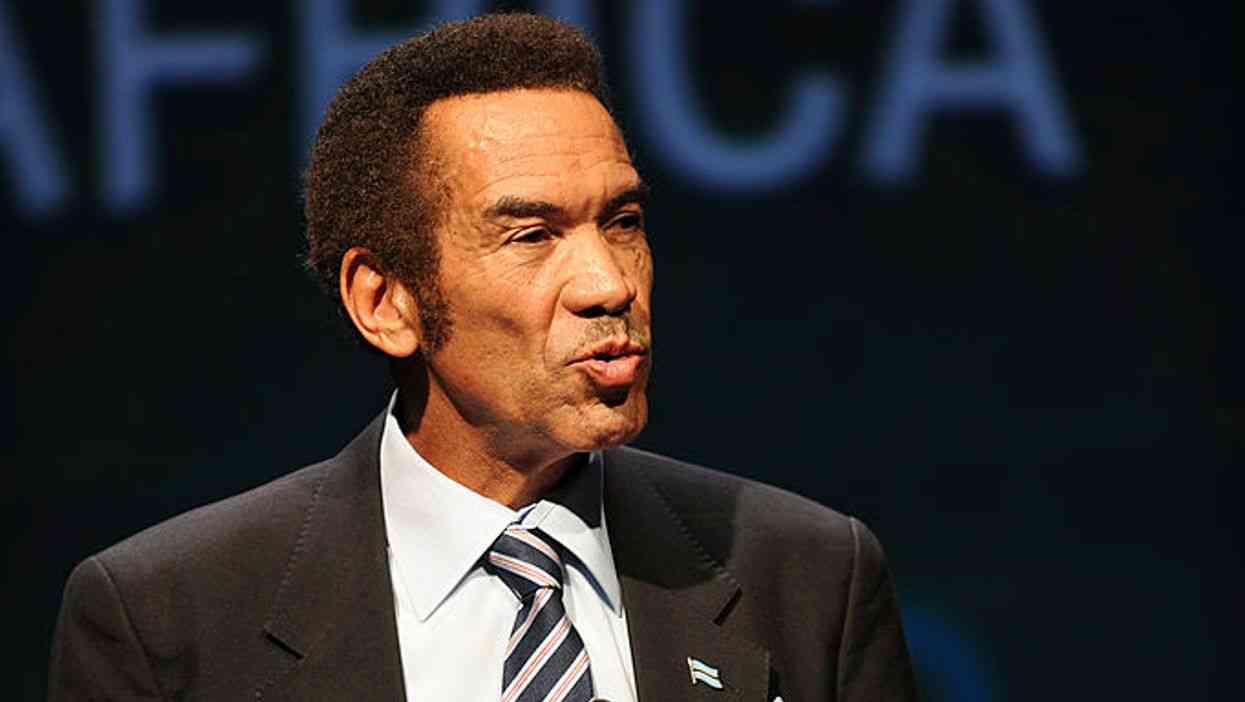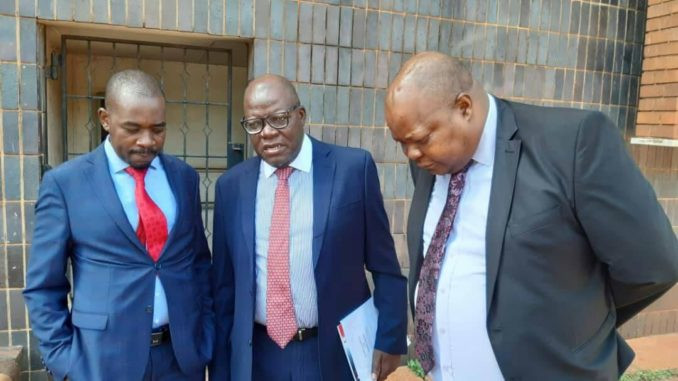
By Daniel Mugwanda & Felix Tagutanazvo
The Universal Declaration of Human Rights over the years has become a vehicle to express the vision of a more humane world, and the United Nations became its institutional home.
The declaration has 30 concise articles covering civil, social, political, and economic rights. Article 26 is revolutionary: “Everyone has the right to education. Education shall be free, at least in the elementary and fundamental stages. Elementary education shall be compulsory. Technical and professional education shall be made generally available and higher education shall be equally accessible to all on the basis of merit.”
These are simple words with profound meaning. It is hard to imagine now, but until then, few governments really believed that education should be free and available to everyone; that states — including colonial regimes — had the obligation to provide education to everyone in their jurisdiction; or that higher education should be based on merit.
Seventy years after the Declaration’s signing, 250 million children are out of school. And in many countries, the quality of education does not match the evolving challenges of work and society. In 2015, governments renewed their commitment to education by adopting the 2030 Agenda for Sustainable Development.
Among the 17 sustainable development goals (SDGs) was a pledge to “ensure inclusive and equitable quality education and promote lifelong learning opportunities for all.”
Commitment to the SDG on education is to commit to a formula for success. It is to believe that human ingenuity can resolve the most significant challenges to people and the planet. It is to believe we can improve the lives of the next generation, just as we transformed the previous one. But it will take a collective effort amidst possible crises that corporately handicap education.
Every major crisis or disaster, such as the Covid-19 pandemic are both catastrophic and opportune; brings opportunities to rethink our systems and make them more especially more resilient to future shocks. Zimbabwe has had various crisis seasons since the early 2000s in the form of floods, droughts, recently Cyclone Idai and has not been spared of the persisting plague of Covid-19 pandemic. The magnitude of the halt brought about by Covid-19 has varied across the globe, mainly in terms of disaster preparedness, resource availability and stakeholder engagement. For Zimbabwe, the fortunate experience has been the delayed experience of Covid-19 after it had ravaged through some part of the world. The fortune is this is the opportunity to learn from countries that were first hit, like China, America, Italy and Britain, among others. This means Zimbabwe could learn from the experience of others. Whether Zimbabwe took lessons or not could only be seen by its responsive strategy against the pandemic.
- Chamisa under fire over US$120K donation
- Mavhunga puts DeMbare into Chibuku quarterfinals
- Pension funds bet on Cabora Bassa oilfields
- Councils defy govt fire tender directive
Keep Reading
In the light of the said sentiments about how Zimbabwe observed from other states, many would earlier into the Covid-19 pandemic argue that out of confusion Zimbabwe went on a clear copy and paste exercise in a bid to respond to Covid-19. Many who argued this way submit to the thought that beyond the general recommendations of bodies like World Health Organisation, the response of Zimbabwe could have been far from being contextual; far from the Zimbabwean situation. This was manifest in the slow decisions on lockdown, inconsistency in decisions that pertained to the economy (especially for an economy with a purported 90% unemployment and limited fiscal resources), health facilities availability and education. Arguably most crises further exacerbate inequality; the haves and have nots become visible. Notable inequality for Zimbabwe would be between the urban and rural livelihoods. Since the turn of the new millennium Zimbabwe has experienced a huge rural to urban migration, owing to a declining household income.
This situation has left many rural residents vulnerable, especially in such circumstances of crises such as Covid-19. Our analysis picks up from our last issue on the plight of rural learners after Covid-19. Due to lack of growing economic activities in rural areas there is a circumstantial drought of capital and investment on such social units as schools. By this we remain ardent to our submission that rural schools remain hard hit by Covid-19. As noted earlier on there is opportunity in any crisis; Covid-19 is opportunity for the government to deal with the inequality of ages that has existed without much scrutiny. The inequality in terms of rural and urban education is worrisome to us who are sold out to the philosophy of community development.
For a country that is a signatory to the SDGs, the provision of sustainable development through equitable access to education should be priority in the development of education policy. In Zimbabwe most of the rural schools are run by local authorities under the overall policy guidelines of the Ministry of Primary and Secondary Education; generally meaning schools are being run by the government, hence in this paper we posit our recommendations of some sustainable options the government can take up in dealing with the effects of Covid-19 in education more specifically to sustain rural education.
Inarguably the decision to open schools or not has been tightened at how to deal with rural constituencies when digital classes have become the most possible option in the new normal.
The majority of rural schools haven’t got enough support infrastructure for digital/ online learning. The new normal will demand a new thought in Budget Allocation for education with a bias toward rural education. As Covid-19 becomes a part of our day to day life, the government should prioritise rural schools in its drive to balance the scales in education post Covid-19. A case in point is a school in the rural Matabeleland North province with only but a set of 20 PCs for an enrollment of 600 pupils on average, with the challenge to conduct a lesson in social distancing provisions, how best will the whole school efficiently make use of the 20 PCs for every learner’s advantage assuming also that this will be the only chance for the learner to make use of the computer.
This compared to a school somewhere in Harare’s Arundel community where the learners each can have a PC for use in and out of class, yet the examination used to assess both learners is the same, pardon the writers for assuming that perhaps the one who set the examination knows nothing about the deep rural parts of Lupane. To deal with this the government must make a deliberate focus at capacitating the rural schools to the level of their rural counterparts.
l Daniel Mugwanda and Felix Tagutanazvo are independent opinion contributors with particular interest in career development-based models to education. They are both directors at the Centre for Career and Leadership Training in Zimbabwe (CCLTZ), a community-based organisation aimed at supporting education by practicalising formal education. For feedback, email: [email protected] *Read full article on www.standard.co.zw










